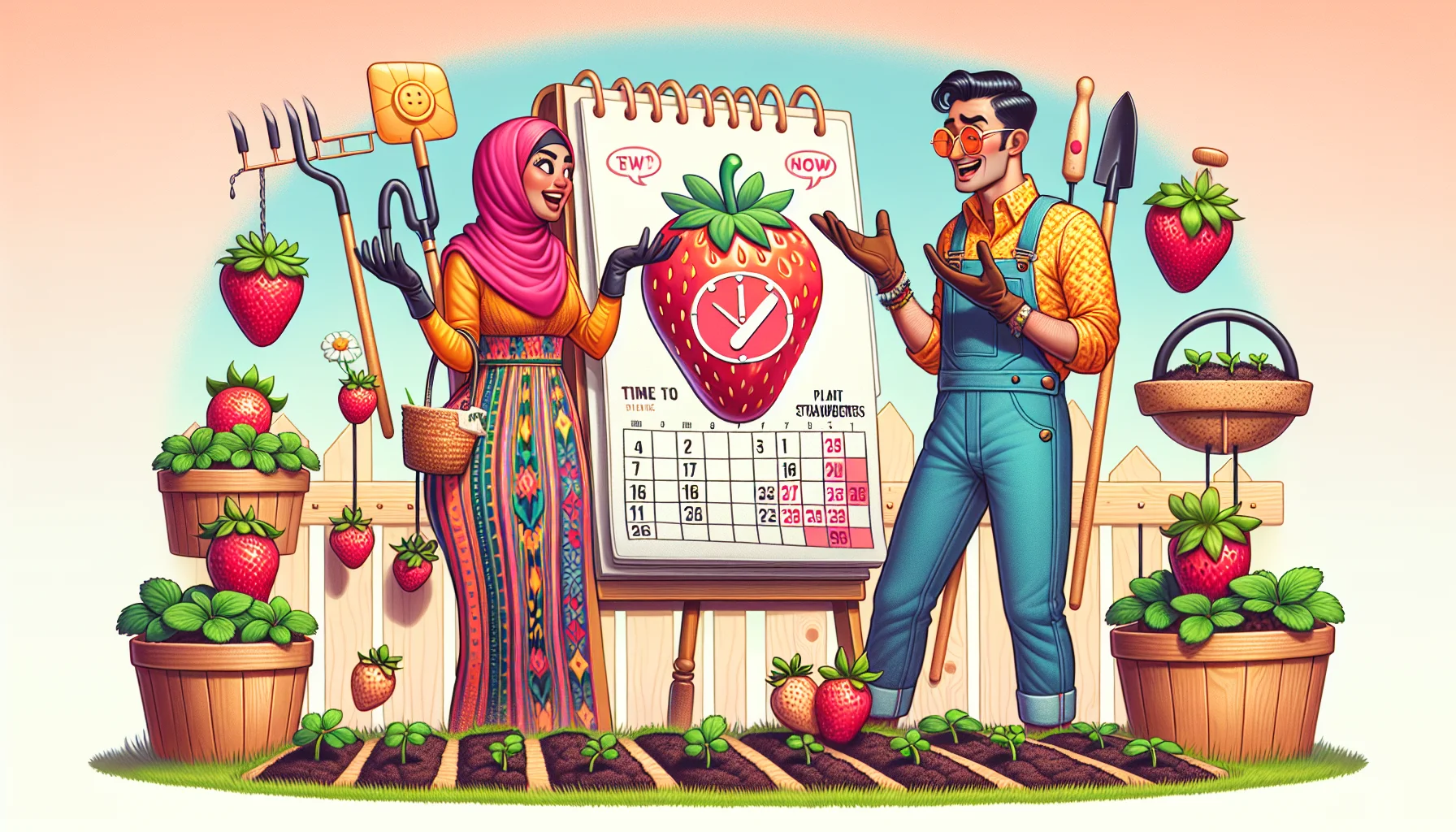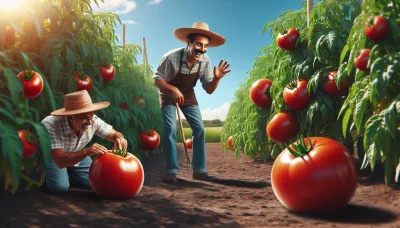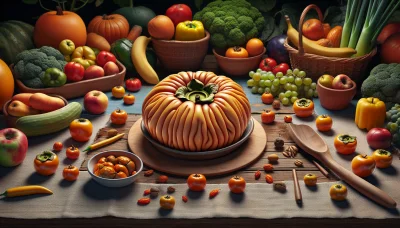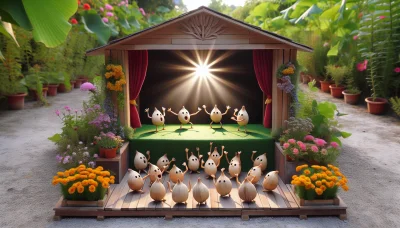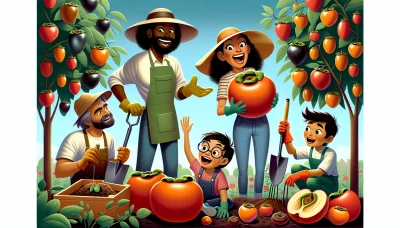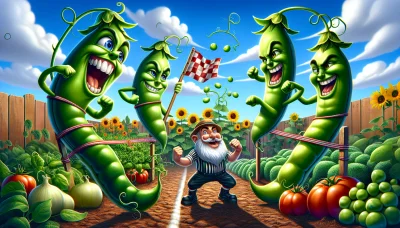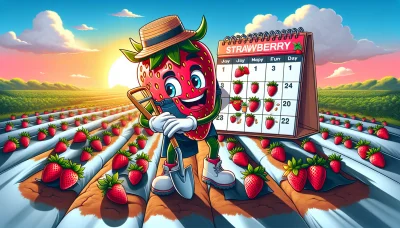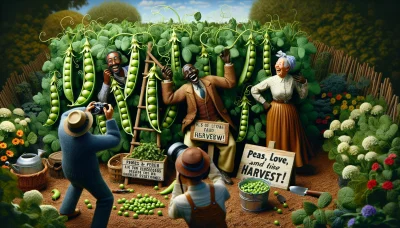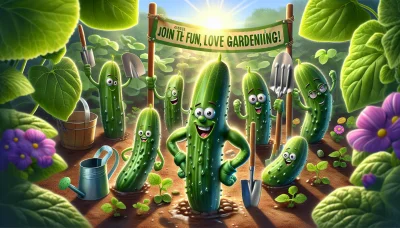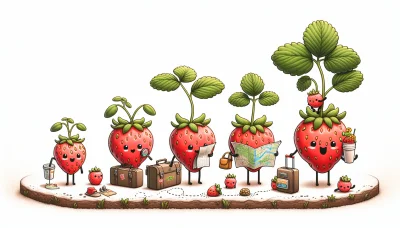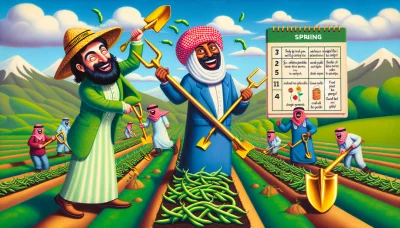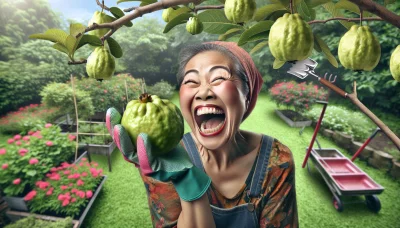When is the best time to plant strawberries Quiz
Test Your Knowledge
Question of
When Is the Best Time to Plant Strawberries?
Timing is crucial when it comes to planting strawberries. Choosing the right time to plant can significantly influence the growth and yield of your strawberry plants. Planting at the optimal time ensures that the plants have enough time to establish themselves and become strong enough to produce abundant fruit. Understanding the specific needs of strawberry plants and the local climate conditions is key to determining the best planting time.
Understanding Strawberry Plant Types
Strawberries are among the most beloved fruits worldwide, and their cultivation can be a rewarding experience for gardeners. However, understanding the different types of strawberry plants is crucial for a successful harvest. The three primary types of strawberry plants are June-bearing, everbearing, and day-neutral. Each type has its unique growth habits and fruiting times, affecting how and when they should be planted.
June-bearing strawberry plants are known for producing a large, concentrated crop of strawberries in late spring to early summer, depending on the local climate. These plants typically produce runners, which are horizontal stems that create new plants, helping to expand your strawberry patch over time. June-bearing varieties require planting in early fall or late summer, allowing the plants to establish themselves before the winter. This timing ensures a bountiful harvest in the following year.
Everbearing strawberry plants, on the other hand, produce two to three harvests throughout the growing season. They typically yield a crop in early summer, followed by a lighter harvest in early fall. Everbearing strawberries are ideal for gardeners who wish to enjoy fresh strawberries over a longer period. These plants can be planted in spring as soon as the ground can be worked, giving them time to develop before their first harvest period.
Day-neutral strawberry plants are the most flexible in terms of fruiting, as they are capable of producing strawberries throughout the growing season, provided the temperatures remain between 35 and 85 degrees Fahrenheit. These plants are perfect for those looking to harvest strawberries at almost any time of the year. Like everbearing strawberries, day-neutral plants can be planted in early spring, offering a steady supply of fruits from early summer through the first frost.
In conclusion, understanding the differences between June-bearing, everbearing, and day-neutral strawberry plants is essential for gardeners looking to cultivate these delicious fruits. By choosing the right type and planting at the appropriate time, you can maximize your strawberry yield and enjoy fresh berries throughout the growing season.
Best Planting Times by Region
| Region | Recommended Planting Time |
|---|---|
| Northeast | April - May |
| Southeast | March - April |
| Midwest | April - May |
| Southwest | February - March |
| Northwest | March - April |
Preparing Your Garden for Strawberries
When it comes to growing strawberries, preparation is key. These sweet, juicy fruits require a bit of care to thrive, but with the right groundwork, you can enjoy a bountiful harvest. Here are the essential steps to prepare your garden for strawberries.
Preparing the Soil
Strawberries prefer well-drained, loamy soil with a pH between 5.5 and 6.8. Begin by testing your soil's pH and adjust accordingly using lime to raise the pH or sulfur to lower it. Incorporate plenty of organic matter, such as compost or well-rotted manure, to improve soil structure and fertility. Till the soil to a depth of 8 to 12 inches to ensure it's loose and aerated, which promotes healthy root growth.
Choosing the Right Location
Location is crucial for growing strawberries successfully. Choose a site that receives at least six to eight hours of sunlight daily. Strawberries are prone to fungal diseases, so it's important to select a location with good air circulation to help keep the plants dry. Avoid areas where you've recently grown tomatoes, peppers, or eggplants to prevent disease carryover.
Other Preparation Tips
Besides soil preparation and site selection, there are a few more tips to consider:
- Watering: Strawberries require consistent moisture, especially during fruit development. Consider installing a drip irrigation system to provide water directly to the roots while keeping the leaves dry.
- Weed control: Keep the area around your strawberries free of weeds, which compete for nutrients and water. Mulching with straw or pine needles can help suppress weeds and maintain soil moisture.
- Spacing: Plant strawberries about 18 inches apart in rows spaced 4 feet apart. This spacing allows for adequate air circulation and room for runners to spread.
With these steps, your garden will be well-prepared for planting strawberries. Proper preparation not only enhances plant health and fruit quality but also minimizes future maintenance efforts. Happy gardening!
Planting and Caring for Your Strawberries
- Choosing the Right Time: Plant strawberries in early spring or fall, depending on your climate.
- Selecting a Suitable Location: Choose a sunny spot with well-draining soil. Strawberries prefer at least 6-8 hours of sunlight.
- Soil Preparation: Amend the soil with compost or well-rotted manure to improve fertility and drainage.
- Planting: Dig holes big enough to accommodate the roots of your strawberry plants. Space plants about 18 inches apart, in rows 3-4 feet apart. Make sure the crown is level with the soil surface.
- Watering: Water the plants thoroughly at planting time. Continue to provide at least 1 inch of water per week, more in hot weather.
- Fertilizing: Apply a balanced fertilizer at planting time and again in midsummer, following the product's instructions.
- Mulching: Apply a 2-3 inch layer of straw or pine needles around plants to conserve moisture, suppress weeds, and keep the fruit clean.
- Runner Management: Pinch off runners to encourage the plants to focus energy on fruit production, unless you want them to spread.
- Winter Care: In colder regions, cover plants with straw or another protective mulch after the first few frosts to protect them over winter.
- Harvesting: Pick fruits when they are fully red and ripe. Regular picking encourages the plants to produce more fruit.
Common Challenges in Growing Strawberries
Strawberries are a beloved fruit by many, but growing them can come with its own set of challenges. Among these, pests and diseases are the most common issues that gardeners face. Addressing these problems effectively is crucial for ensuring the health and productivity of strawberry plants.
One of the primary pests that affect strawberry plants is the strawberry aphid, which can spread viruses and weaken the plant. Regular monitoring of plants and the use of natural predators like ladybugs can help manage aphid populations. Another pest, the slugs and snails, are attracted to the moisture and tender leaves of strawberry plants. Keeping the garden clean and using barriers can help protect the plants from these pests.
Diseases are another significant challenge in growing strawberries. Fungal diseases such as powdery mildew and botrytis gray mold can devastate strawberry crops. Ensuring good air circulation around plants and avoiding overhead watering can help prevent these diseases. It's also important to practice crop rotation and use disease-resistant strawberry varieties to minimize these issues.
Soil health is crucial for the prevention of many strawberry plant issues. Ensuring the soil is well-draining and rich in organic matter can support healthy plant growth and reduce the risk of root diseases. Regularly adding compost or aged manure can improve soil structure and fertility, benefiting the strawberry plants.
By understanding and addressing these common challenges, gardeners can enjoy the rewards of growing healthy and productive strawberry plants. With proper care and management, the issues of pests and diseases can be significantly reduced, leading to a bountiful harvest of delicious strawberries.
Harvesting and Enjoying Your Strawberries
Knowing when your strawberries are ready to harvest is key to enjoying the sweetest, juiciest fruits. Look for berries that are fully red, with no white or green areas, as this indicates they are ripe and at their peak of sweetness. The best time to pick strawberries is in the morning when they are still cool from the night air. Gently twist the berries off the stem to avoid damaging the plant or the fruit itself.
Once you've harvested your strawberries, the possibilities for enjoyment are endless. Fresh strawberries can be eaten just as they are, savored for their natural sweetness and juiciness. For a simple yet delightful treat, slice them over your morning cereal or yogurt. Strawberries also make excellent additions to smoothies, providing a refreshing flavor and a boost of vitamin C.
Beyond fresh eating, strawberries can be transformed into a variety of dishes. Homemade strawberry jam is a wonderful way to preserve their flavor, allowing you to enjoy your harvest all year round. Baking them into pies or tarts showcases their sweetness and adds a special touch to any meal. For a unique savory twist, consider adding sliced strawberries to salads or using them to create a vibrant, tangy salsa to accompany grilled meats.
Remember, strawberries don't store well for long periods, so plan to enjoy them within a few days of harvesting for the best taste and texture. Refrigeration can extend their shelf life slightly, but nothing beats the taste of strawberries fresh from the garden. Whether you're enjoying them fresh, in a dessert, or as part of a savory dish, home-grown strawberries offer a delightful taste of summer.
